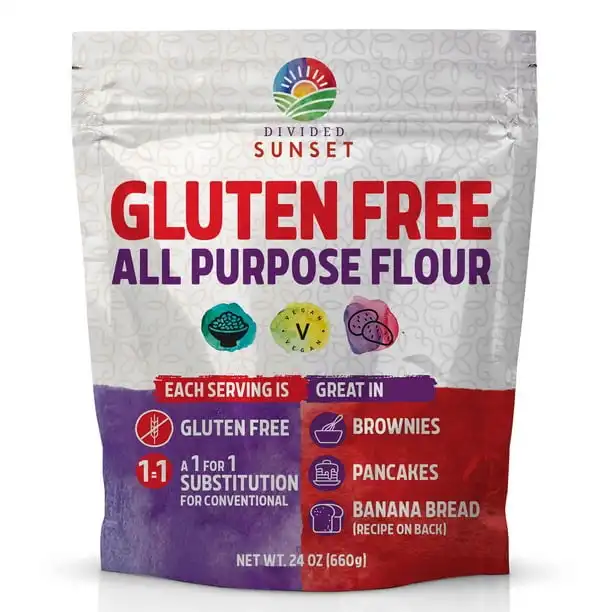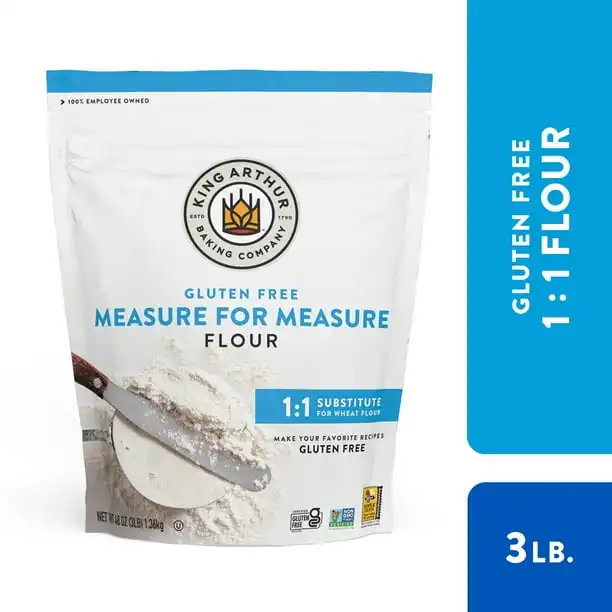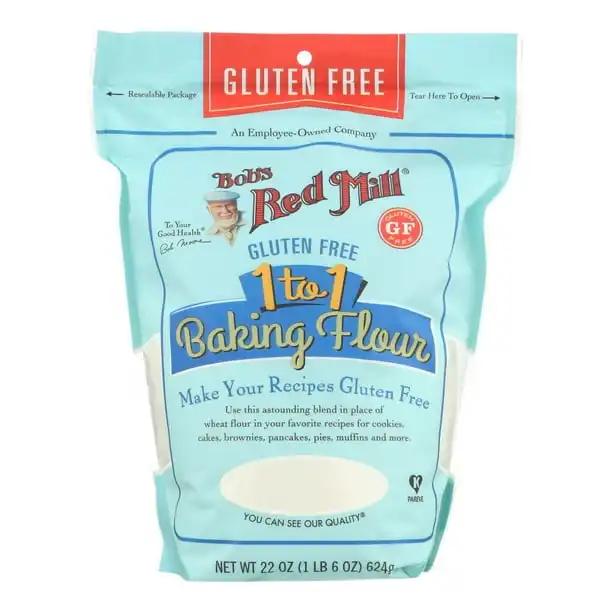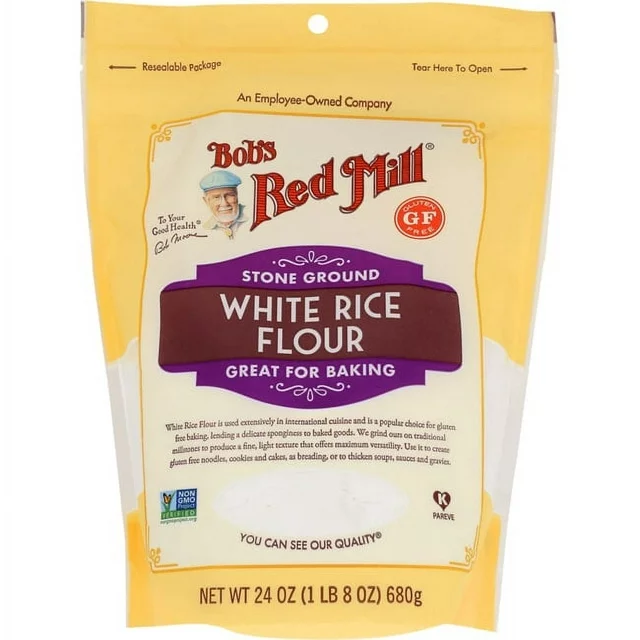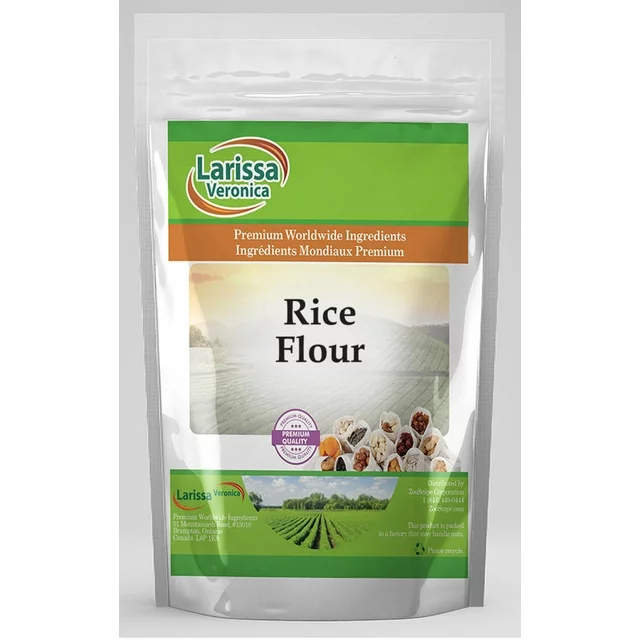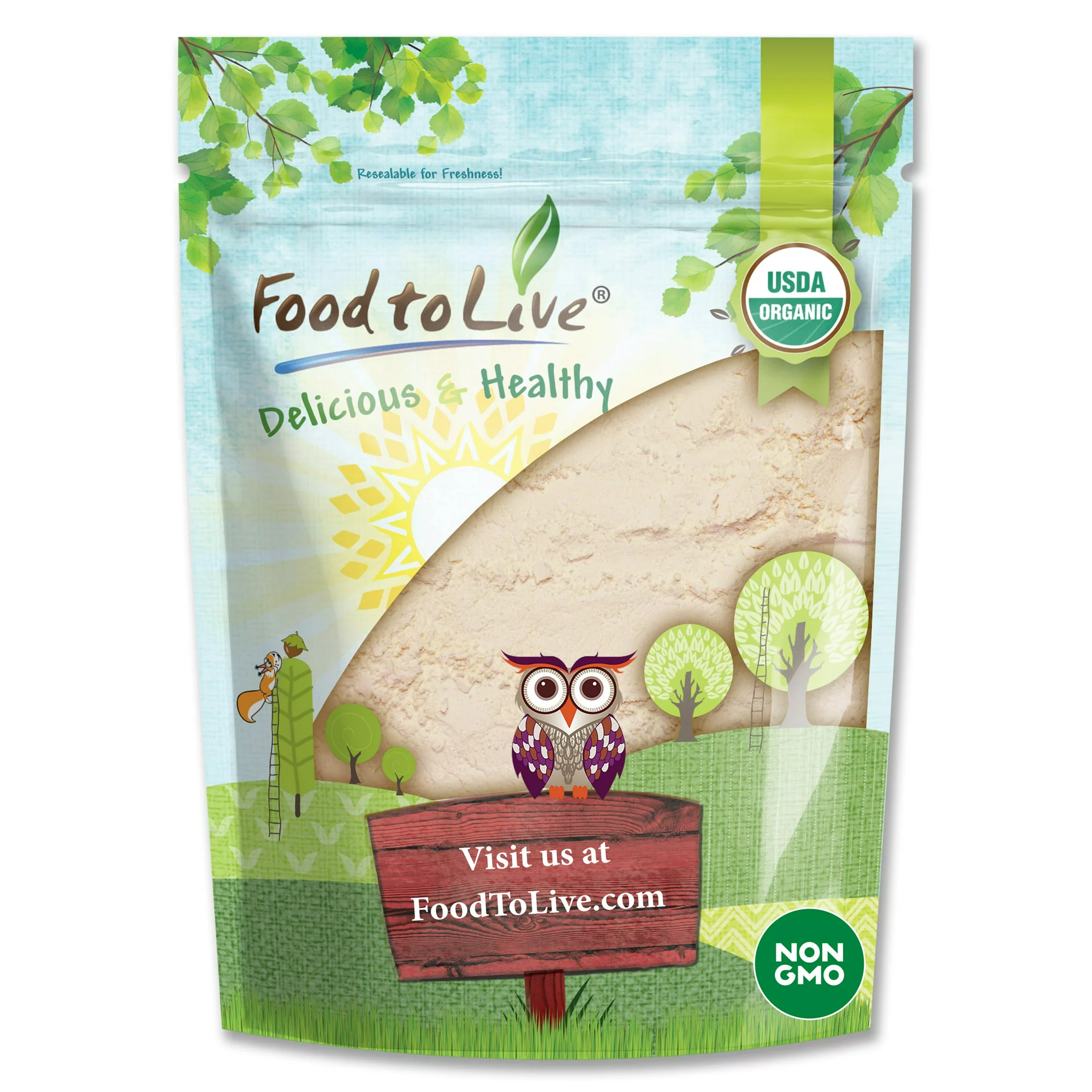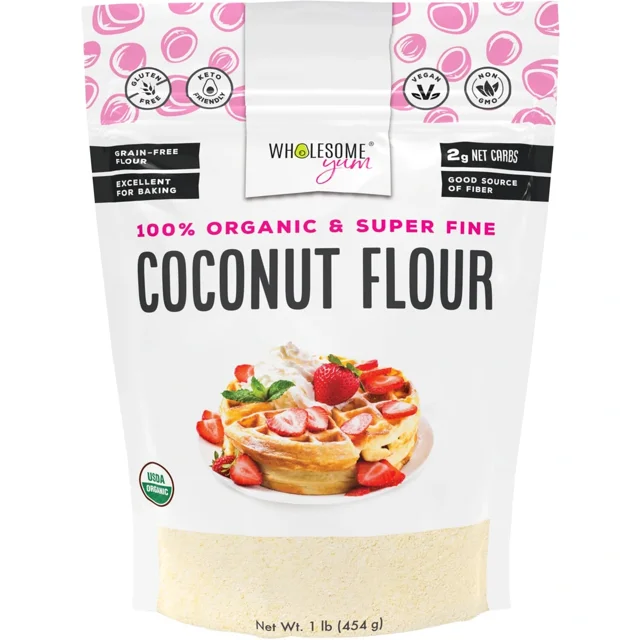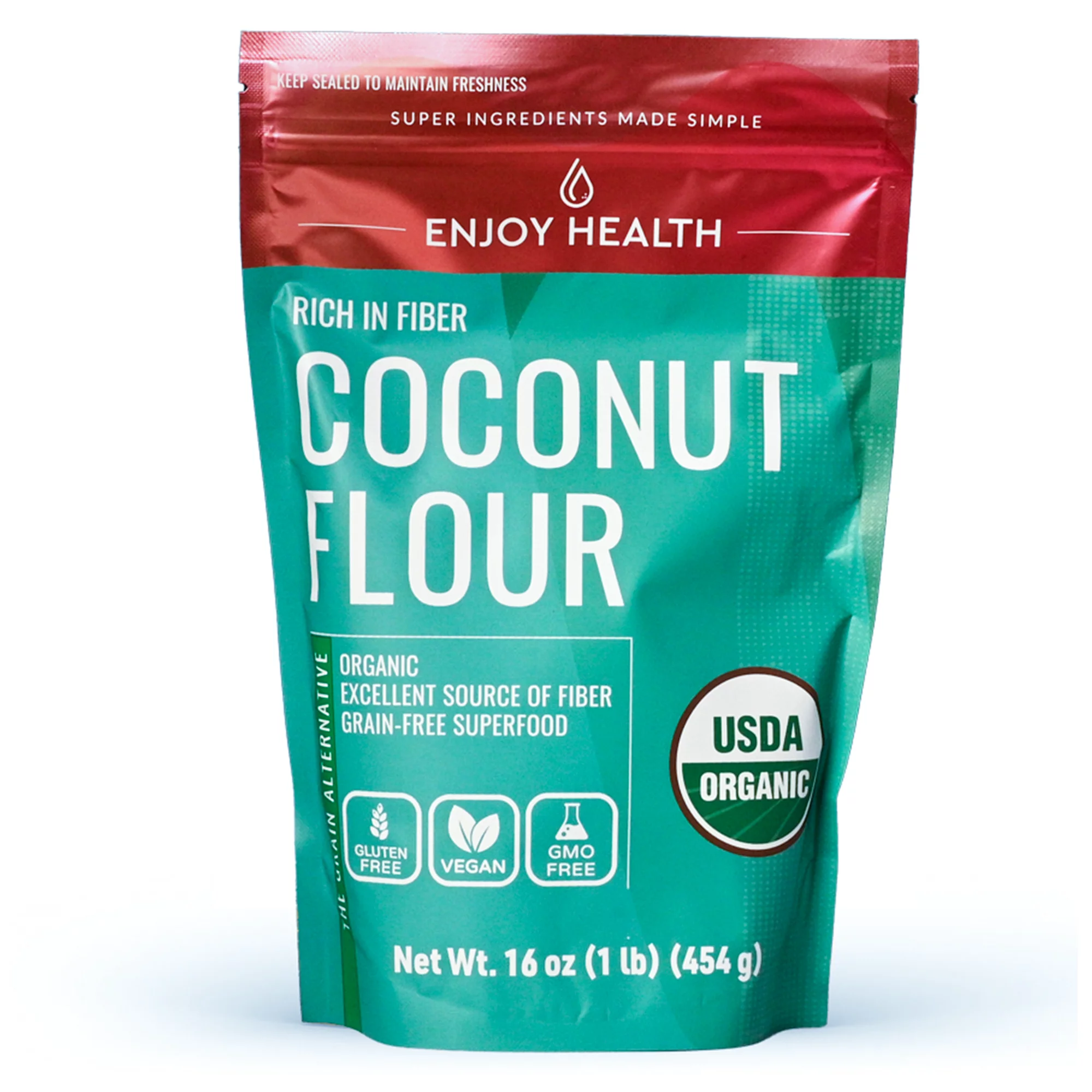Gluten free flours: Unlocking the secrets
This post may contain affiliate links that won’t change your price but will share some commission.
Gluten free flours and gluten-free baking can be challenging, but with the right tips and tricks, you can create delicious, satisfying treats. Explore the secrets to perfect texture and flavor in gluten-free baking using a variety of gluten-free flours.
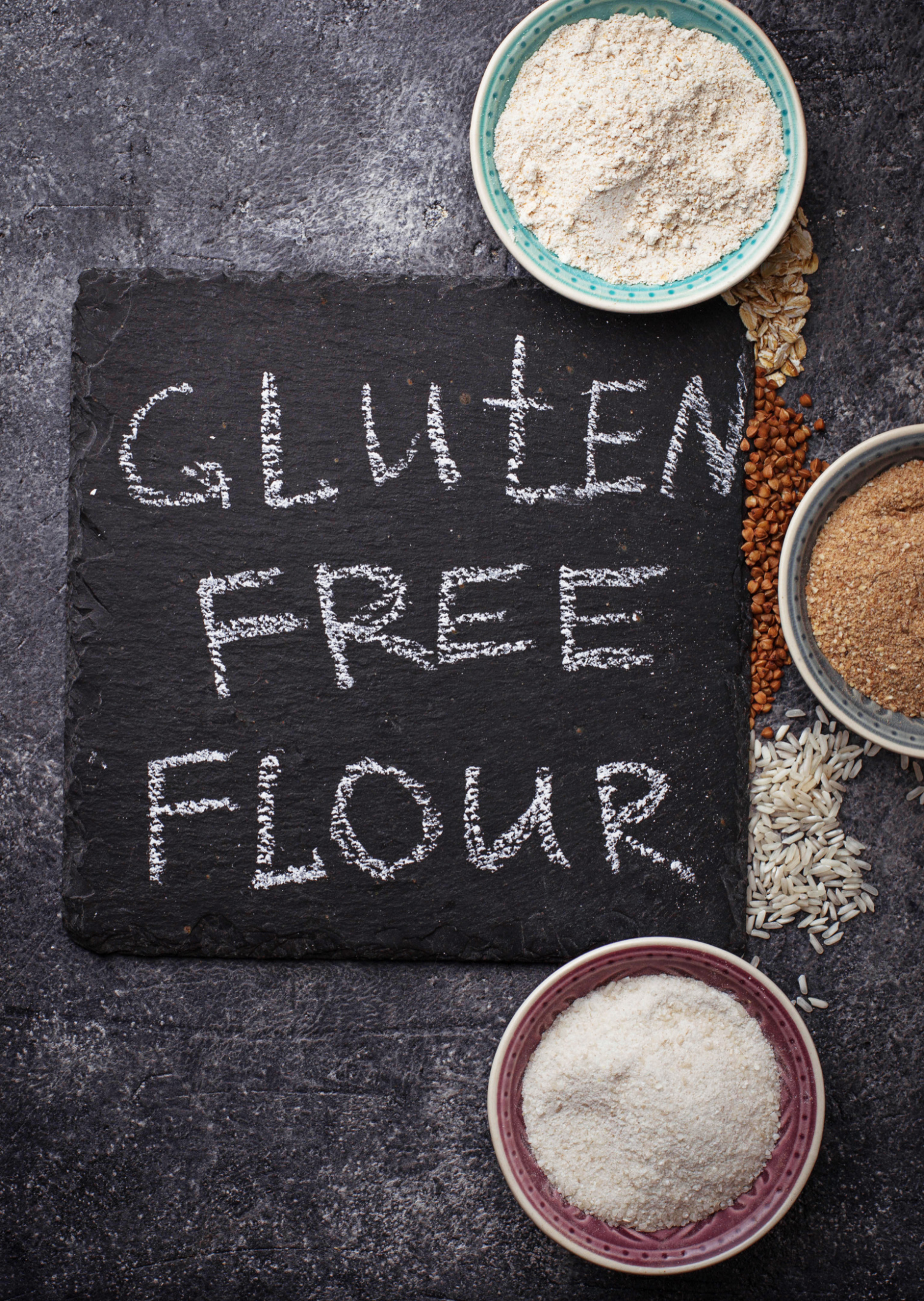
Gluten is a protein found in wheat, barley and rye, which can cause digestive issues for some individuals. They are made from alternative grains, nuts and seeds and can substitute traditional wheat flour in baking and cooking.
Many types of gluten-free flours are available, each with its unique taste and texture. When choosing one, it is important to consider its intended use, as some flours are better suited for certain types of baking or cooking than others.
GF flour can be used to make various dishes, from bread and cakes to pasta and pizza crusts. However, it is essential to note that gluten-free flours do not behave the same way as wheat flour and may require different ratios and techniques to achieve the desired results. However, with the proper knowledge and experimentation, gluten-free flours can be a delicious addition to any gluten-free pantry.
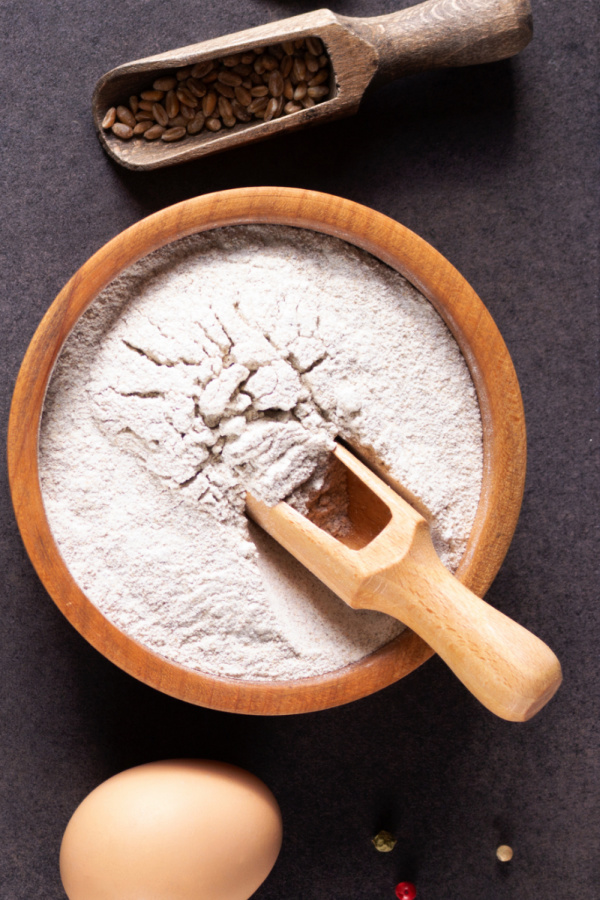
Common types of gluten-free flours
There’s no shortage of flours to choose from in the world of gluten-free baking and cooking. Here are some of the most common gluten-free flours and their characteristics:
Almond flour
Almond flour is made from ground almonds. It has a nutty flavor and is an excellent source of protein and healthy fats. Almond flour is especially great in cookies and as a low-carb alternative to breadcrumbs.
Rice flours
Rice flour is a versatile gluten-free flour that comes in several varieties. Sweet white rice flour is stickier and often used in Asian desserts. Brown rice flour makes a great one-to-one alternative for wheat flour all on its own and makes for a great gluten-free pasta dough. And white rice flour is an excellent addition to gluten-free flour blends.
| Product Image | Product Name / Primary Rating / Price | Primary Button |
|---|---|---|
|
||
|
Coconut flour
Coconut flour is made from dried and ground coconut meat. It has a slightly sweet flavor. Coconut flour is unique in that it absorbs more liquid than wheat flour. For every cup of wheat flour you would typically use, you would only need ¼ cup coconut flour. Additionally, coconut flour requires that a binding agent like eggs is used. In contrast, some gluten-free flours can get away without any.
| Product Image | Product Name / Primary Rating / Price | Primary Button |
|---|---|---|
|
||
|
||
|
Buckwheat
Despite its name, buckwheat is not related to wheat and is gluten-free. Buckwheat flour has an earthy flavor and is often used in pancakes, waffles and soba noodles. It has excellent binding properties and can be used as a standalone flour in many instances.
Gluten-free all-purpose blends
Gluten-free all-purpose blends are a mixture of different gluten-free flours and starches designed to imitate the taste and texture of wheat flour and be used in recipes in a one-to-one ratio. They can effectively be used for most gluten-free baking recipes.
Other gluten-free flours
Many other gluten-free flours are available, including sorghum flour, millet flour, tapioca flour, amaranth flour, quinoa flour, corn flour, cassava flour, chickpea flour, teff flour and arrowroot flour. Each has unique characteristics and can be used in various recipes. With some experimentation, finding the perfect flour for any recipe is possible.
“I have quite a few go-to flours for gluten-free baking but the one I use most frequently is oat flour. I grind it myself from high-quality gluten-free certified oats and since I always have those on hand, I never have to run out to the store for more when baking. Oat flour consistently performs well in baked goods and I appreciate its lower price point than some of the other specialty flours.”
— Gina Matsoukas, Running to the Kitchen
Using gluten-free flours in baking
When baking gluten-free, it is important to use a flour or flour blend that mimics the properties of regular flour, as gluten-free flours lack the gluten protein that gives baked goods their structure and texture.
Baking bread
Baking gluten-free bread can be challenging, as many breads, like gluten-free sourdough, require a strong structure to rise properly. To achieve this, it is recommended to use a blend of gluten-free flours, such as brown rice flour, sorghum flour and tapioca starch. Adding xanthan gum to the blend can also help improve the texture and structure of the bread. It is also vital to use yeast that is specifically labeled as gluten-free when baking gluten-free bread.
Making cakes and cookies
When making cakes and cookies with gluten-free flour, using a blend with starch such as tapioca or potato starch is helpful. This will help create a lighter texture and prevent sweet treats from becoming too dense.
Creating pizza crust
Gluten-free pizza crust can be made from various gluten-free flours, each with a unique taste and texture. It is important to note that gluten-free pizza dough may require more liquid than you may be used to with conventional wheat-based doughs to achieve the desired consistency.
Adding baking powder to pizza dough can also help create a lighter texture. When baking gluten-free pizza, it is recommended to pre-bake the crust before adding toppings to prevent it from becoming too soggy.
Overall, experimenting with different gluten-free flour blends and testing recipes is key to achieving the desired texture and structure in gluten-free baked goods. You need not miss out on your favorite baked goods when on a gluten-free diet.
In conclusion
When choosing a gluten-free flour, it’s essential to consider factors such as flavor, texture, and the type of baked goods you’re making. With so many options available, there’s certain to be a gf flour that’s perfect for your pantry.
You may also enjoy this lifestyle content.
- How to Soften Brown Sugar
- Tips for Safely Cooking, Storing, and Handling Meat
- 12 easy baking powder substitute
- How to Prep Cook and Store Fresh Basil
- How to make heavy cream
- How to season a cast iron skillet
- Toasting Pecans – Mastering the Technique
- Meat the best: Top 5 steaks perfect for grilling
- St. Louis Zoo: A safari in Forest Park
- How to grill burgers on gas, charcoal or pellet grills
- 10+ Boozy 21st Birthday Gift Ideas in 2023
- Loudon County BBQ Trail
- Slicing & dicing superstars: The Best Kitchen Knives
- 6 Types of Cocktails Everyone Should Know
- How to change your eamil on your Android
This article originally appeared on Food Drink Life.

